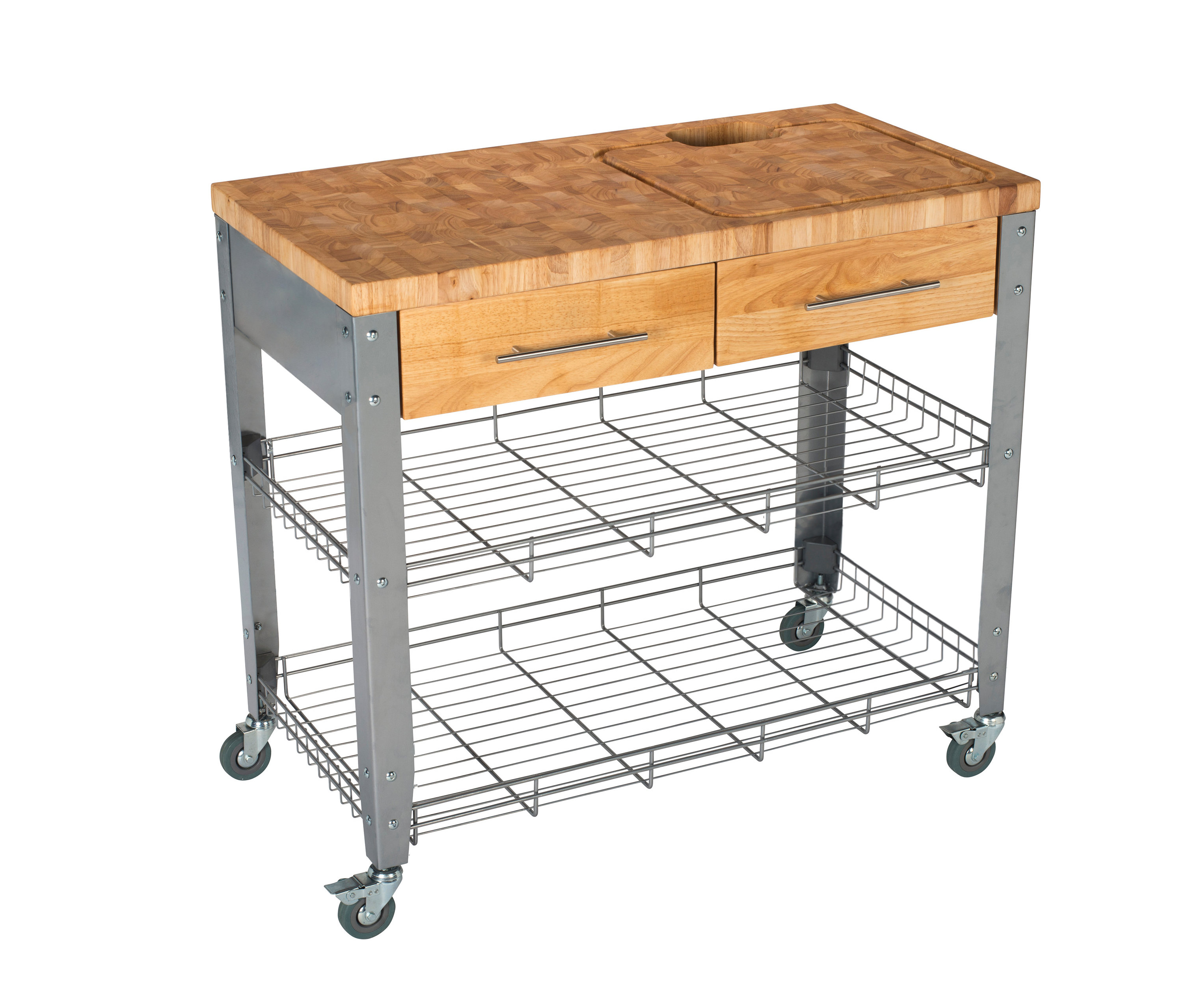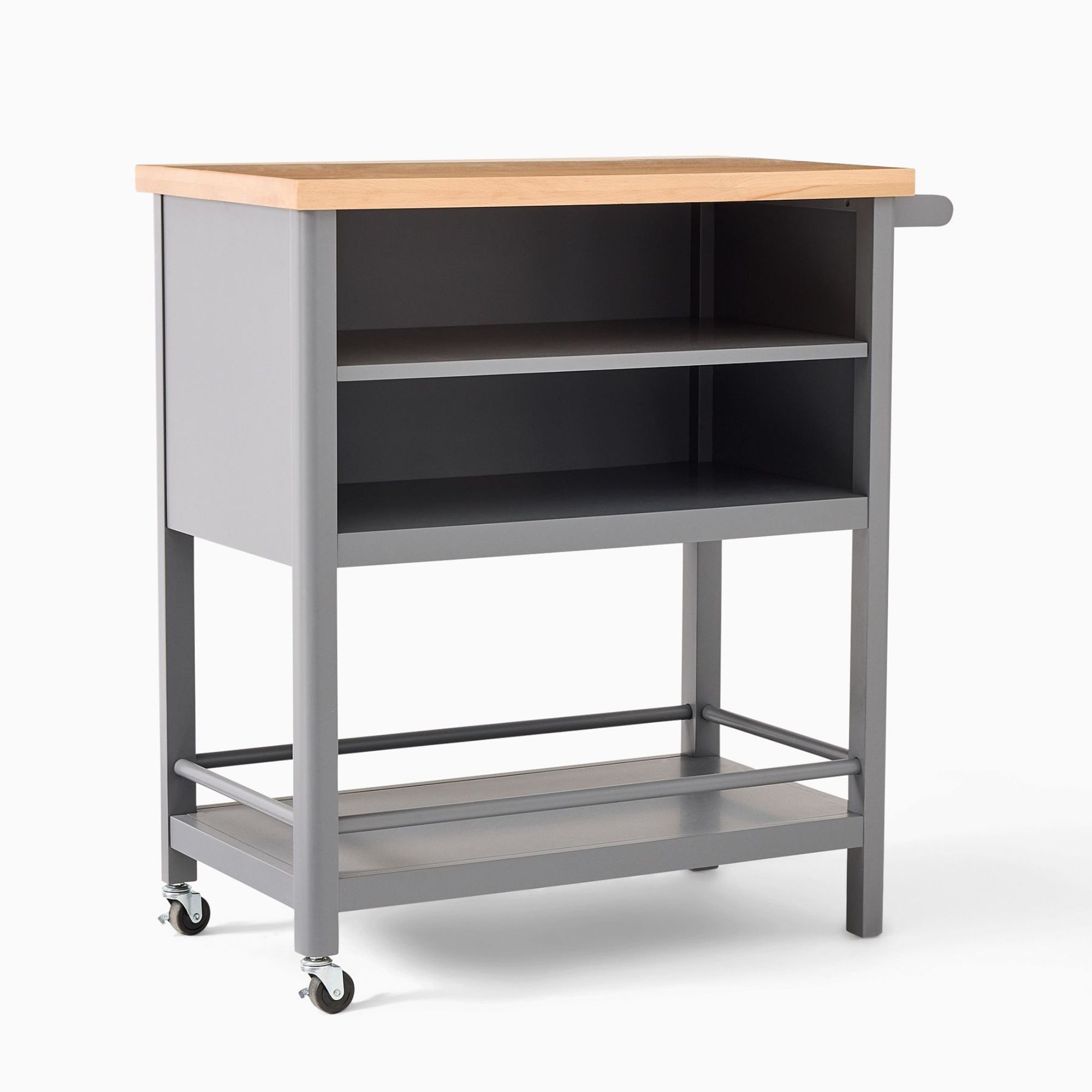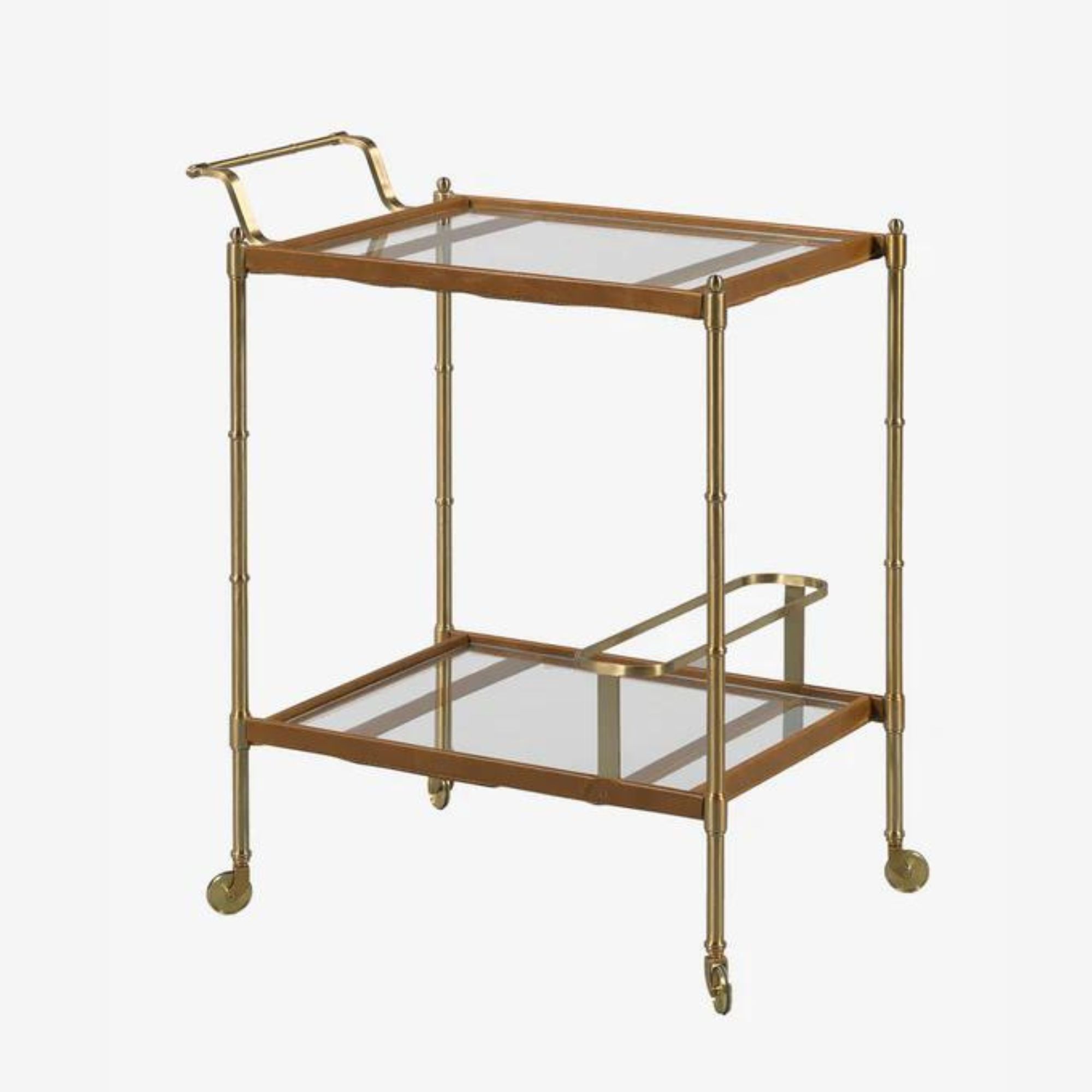These 5 simple tricks will keep your kitchen cool when it gets too hot
We asked HVAC technicians and kitchen designers for their top tips to beat the heat and keep a kitchen cool during a heatwave
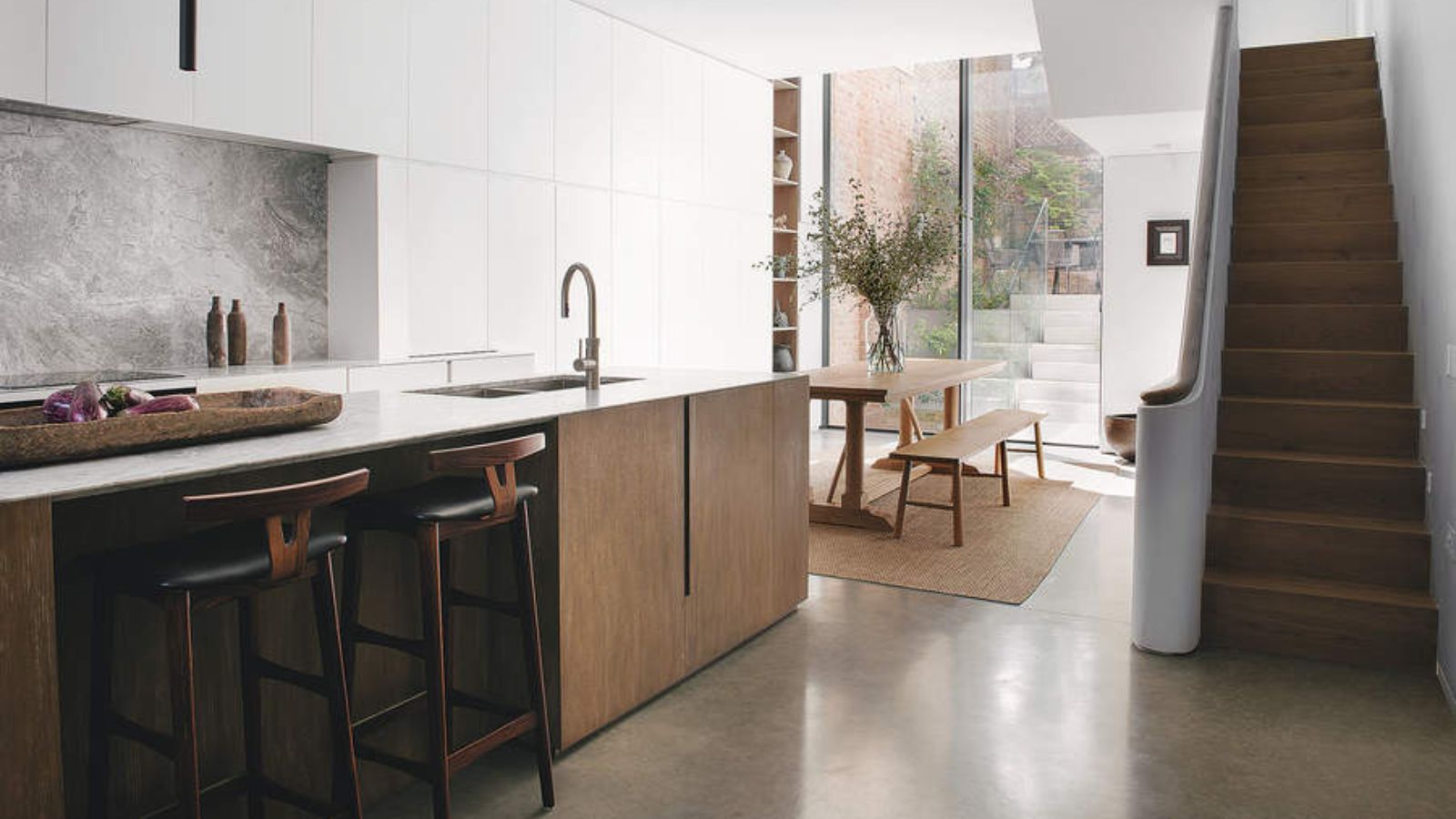

Keeping your kitchen cool during a sweltering heatwave is hard. As the 'heart of the home' these spaces are usually bustling with activity, but even the simple act of cooking can get you hot and bothered when temperatures rise.
Thankfully, much like keeping the rest of your home cool during a heatwave, there are simple and effective ways to beat the heat and keep your kitchen comfortable no matter how hot it gets outside.
Whether it’s choosing the right appliances or moving your furniture around, small changes can have a big impact. Below HVAC experts and kitchen designers reveal practical tips and tricks to help you stay cool while you cook.
How to keep a kitchen cool
Before you go out and purchase the best fans money can buy, or crank your AC unit up to the maximum setting, consider these affordable, expert-approved tips to cool down a room:
1. Think About Your Appliances

‘In a kitchen, ovens, stoves, grills, and deep fryers generate the most heat, particularly during extended use, which can make it extremely uncomfortable during a heatwave,’ explains Eva Lorena, Commercial Kitchen Consultant at Zanduco. ‘To minimize their heat, use these appliances during cooler parts of the day, such as early morning or late evening, and practice batch cooking to reduce prolonged cooking sessions.’
Eva also recommends using appliances such as microwaves, slow cookers, and air fryers as an alternative to ovens if you want to reduce how much heat your kitchen produces during mealtimes.
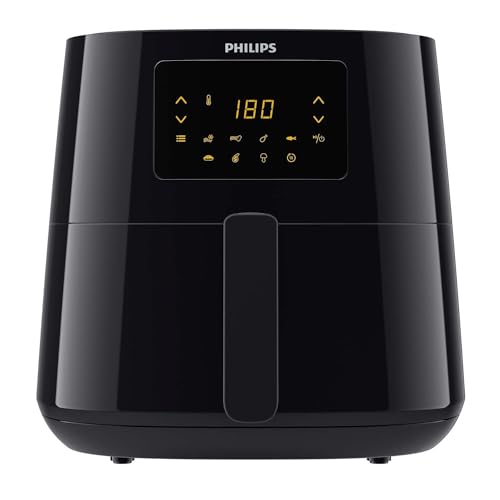
Take the heat out of frying dinner with this highly rated air fryer.
‘Dishwashers are another appliance that generates heat during the drying cycle,’ says Anees Jarral, CTO of Cielo Wigle. ‘So, try using it in the early morning or late evening when temperatures are cooler outside.’
‘You might also want to consider upgrading your appliances,’ adds Melanie Powers, President at Goodberlet Home Services. 'Opt for ENERGY STAR appliances, they are more energy efficient. ENERGY STAR appliances like fridges have increased insulation, dishwashers have better technology that can reduce cycle length and water usage. Overall they use generate less heat when not being used.'
2. Consider Your Windows
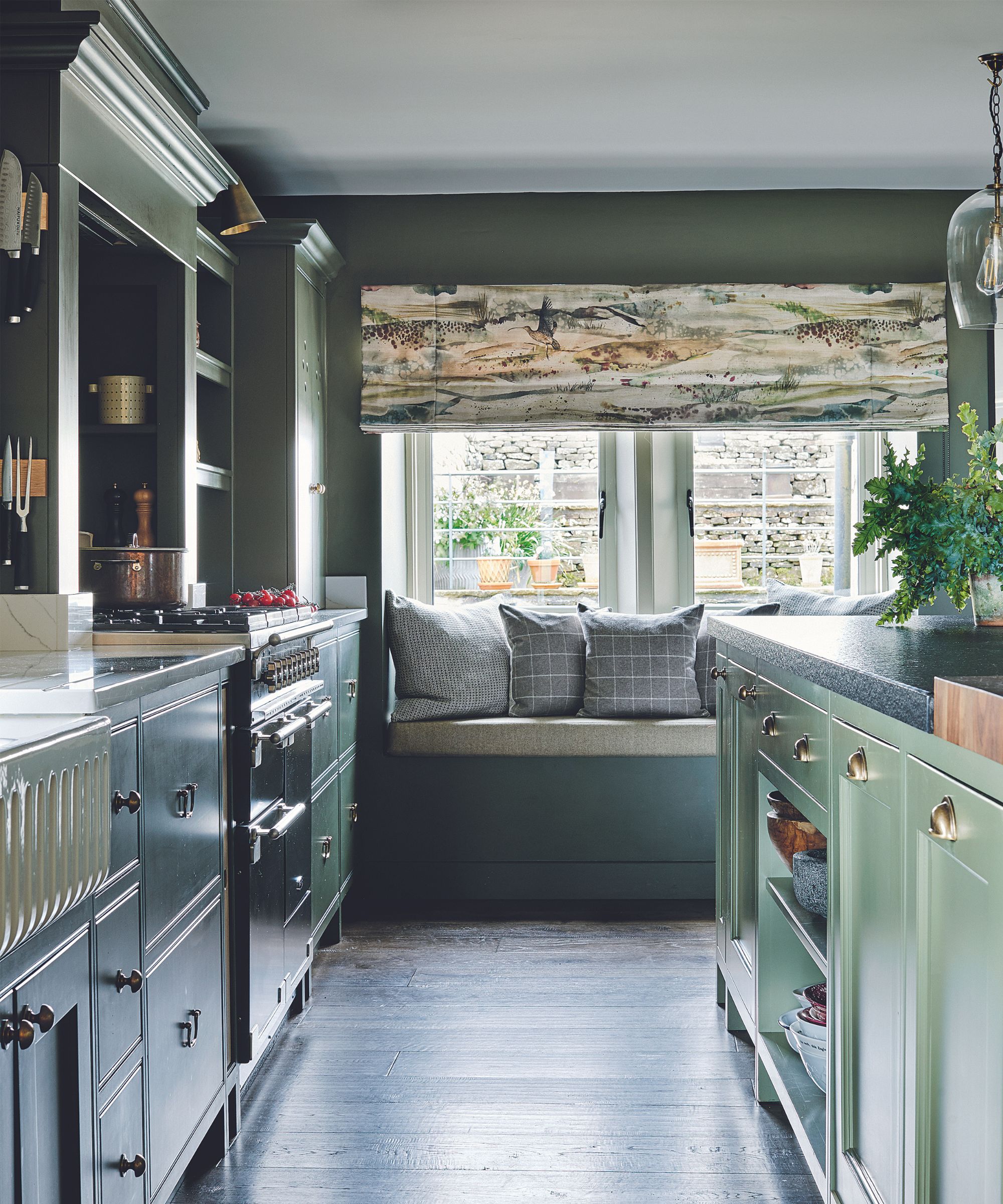
'Keeping windows and doors closed during the summer can lead to the accumulation of hot air, making your home unbearably warm,' explains Paul Strong, Store Operations Manager at UK-based, Magnet Trade. 'One of the most effective and cost-efficient ways to cool indoor temperatures during the warmer months is to keep your doors and windows open whenever possible.'
It may sound obvious, but leaving your windows and doors open allows fresh air to circulate throughout your home, removes hot, stagnant air and replaces it with cooler air from outside. Of course, depending on where you live, leaving your windows open may attract the odd unwanted pest. To deter mosquitos and other flying insects, you may also wish to install a net or screen, like this magnetic door screen from Wayfair.
3. Have Good Ventilation
Good ventilation is the key to maintaining a cool kitchen. Start by installing a high-quality range hood above your stove. These hoods are designed to extract heat, steam, and cooking odors, preventing them from circulating in your kitchen. It's important to ensure that your range hood vents to the outside rather than simply recirculating the air.
Another tip is strategically positioning exhaust fans to draw hot air out of the kitchen. These should be placed in areas where heat accumulates, such as above cooking appliances or near the ceiling where hot air rises.
If installing an exhaust fan isn't feasible for your home, consider a ceiling fan instead. While it doesn’t lower the temperature, a ceiling fan can help circulate air and create a wind-chill effect, making you feel cooler. One of the best fan directions to cool a room down is to circulate it counterclockwise.
Whatever you do, make sure you clean and maintain your cooling equipment and air vents to ensure they’re free of grease and dust. A clogged air vent will reduce its efficiency and potentially even make your kitchen hotter when you're in the grip of a heatwave!
4. Get Creative With Your Layout
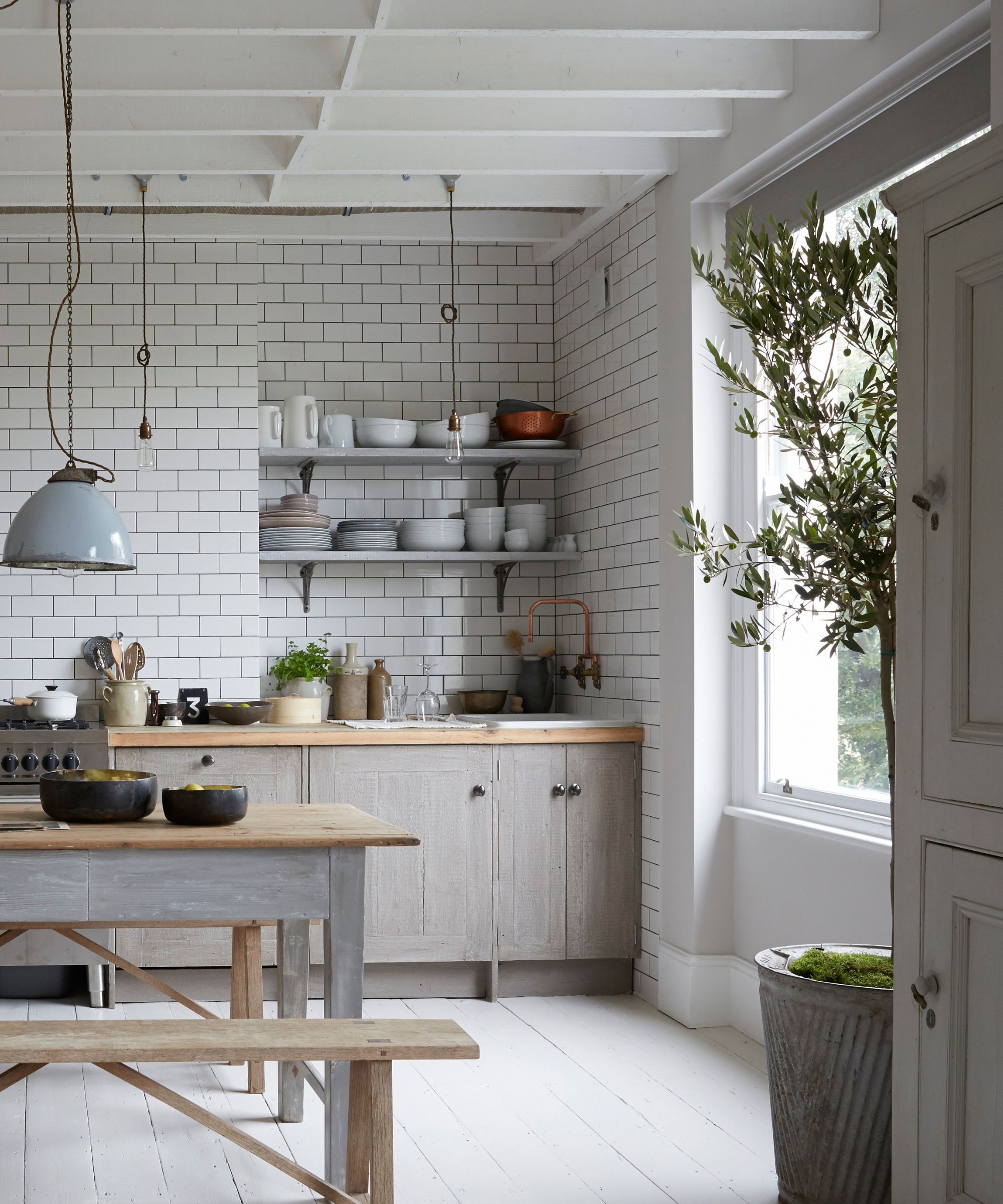
If you’re planning a kitchen remodel, now might be the time to consider your kitchen layout to improve airflow. If you have a small kitchen or a particularly narrow, enclosed space, it might be difficult for air to circulate freely, thus generating more heat. Open-layout kitchens reduce these potential barriers and allow air to circulate freely throughout the space. Plus, an open layout brings in more natural light, so you can cut back on heat-generating artificial lighting.
Of course, if you’re not looking to renovate your kitchen anytime soon, you may want to consider opting for multi-functional furniture that you can easily move or adjust. Portable kitchen islands, stylish bar carts and foldable dining tables can all be repositioned to enhance airflow and create more open space during particularly hot days.
Where you place your appliances matters, too. Position heat-generating appliances like the oven and stove near windows or external walls to help the heat escape outside. Place refrigerators and freezers out of direct sunlight and away from other heat sources to boost their efficiency, and leave a gap between your refrigerator and the wall to allow heat to dissipate. Finally, try not to crowd appliances, as this can trap heat and make your kitchen feel warmer.
5. Think About Shade and Color
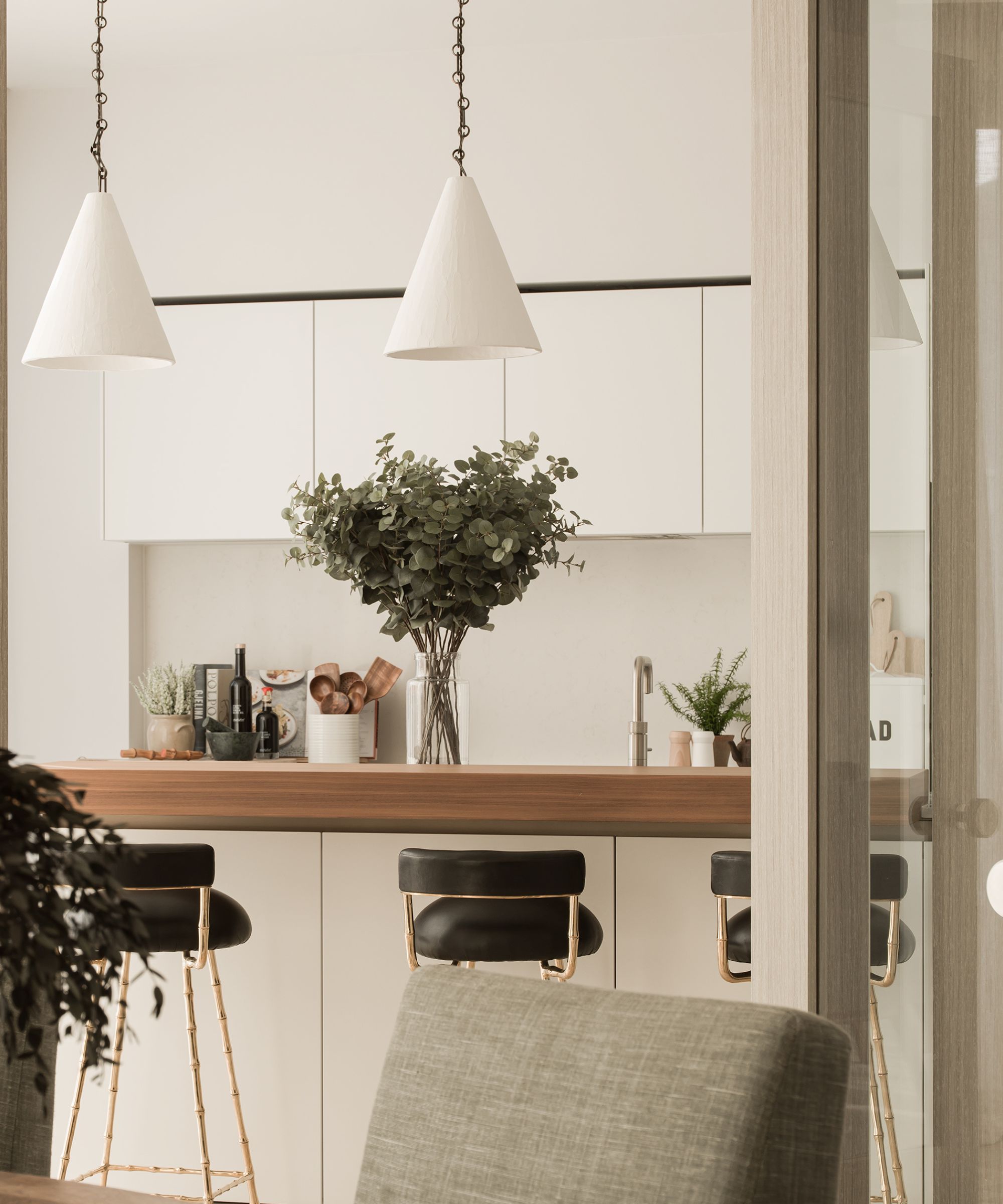
‘If you want to keep your kitchen cool in the heat of summertime, consider painting your walls white,' suggests Paul Strong, from Magnet Trade. ‘Whilst dark colors reflect very little solar light and absorb heat, light colors such as white have a high solar reflectivity - meaning they reflect a significant portion of the sunlight that hits. This, in turn, helps to reduce the amount of heat transferred into your home.’
‘Shading your property is also key in ensuring that your home remains cool throughout the summer months,’ Paul continues. For internal shading, try installing the best window treatments for summertime, like blinds or thermal door curtains, to keep heat out.
'Whilst internal shading strategies are very effective, external shading strategies can keep roughly 90% of heat out of your home. From parasols and awnings to external shutters and blinds, there’s plenty of options to choose from.'
FAQs
How can I cool down a kitchen fast?
If you need to cool down your kitchen fast, there are a few tricks that can make a big difference. First, turn on your exhaust fan to pull hot air out and keep the air circulating. Open your windows and doors to create a cross breeze and, if you have one, use a portable air conditioner for an immediate cool-down.
Skip using the oven at mealtime and opt for no-cook recipes or cold salads instead, Alternatively, use appliances like air fryers and slow cookers that generate less heat, or move your cooking outside for an al fresco feast using an outdoor grill.
While it's important to get fresh air circulating in your kitchen, HVAC experts suggest that leaving your windows open all day is actually a common heatwave mistake. Instead, adopt this viral window hack from the internet and shut all your south-facing windows during peak daylight hours and throw open your north-facing windows and doors instead.
Sign up to the Homes & Gardens newsletter
Design expertise in your inbox – from inspiring decorating ideas and beautiful celebrity homes to practical gardening advice and shopping round-ups.

Thomas Litten is a freelance food and drink writer whose articles and product reviews have been featured in a variety of national publications. His introduction to food and drink came through the hospitality sector, running bars for Michelin-starred restaurants. This experience, plus a love of good food, wine, and spirits, led to a career selling premium drinks to high-end restaurants and later providing consultancy services to food and drink start-ups across the UK. Now, based in southwest England, he mainly divides his time between working for a leading bakery business, visiting coffee shops, and collecting and writing about kitchen gadgets.
-
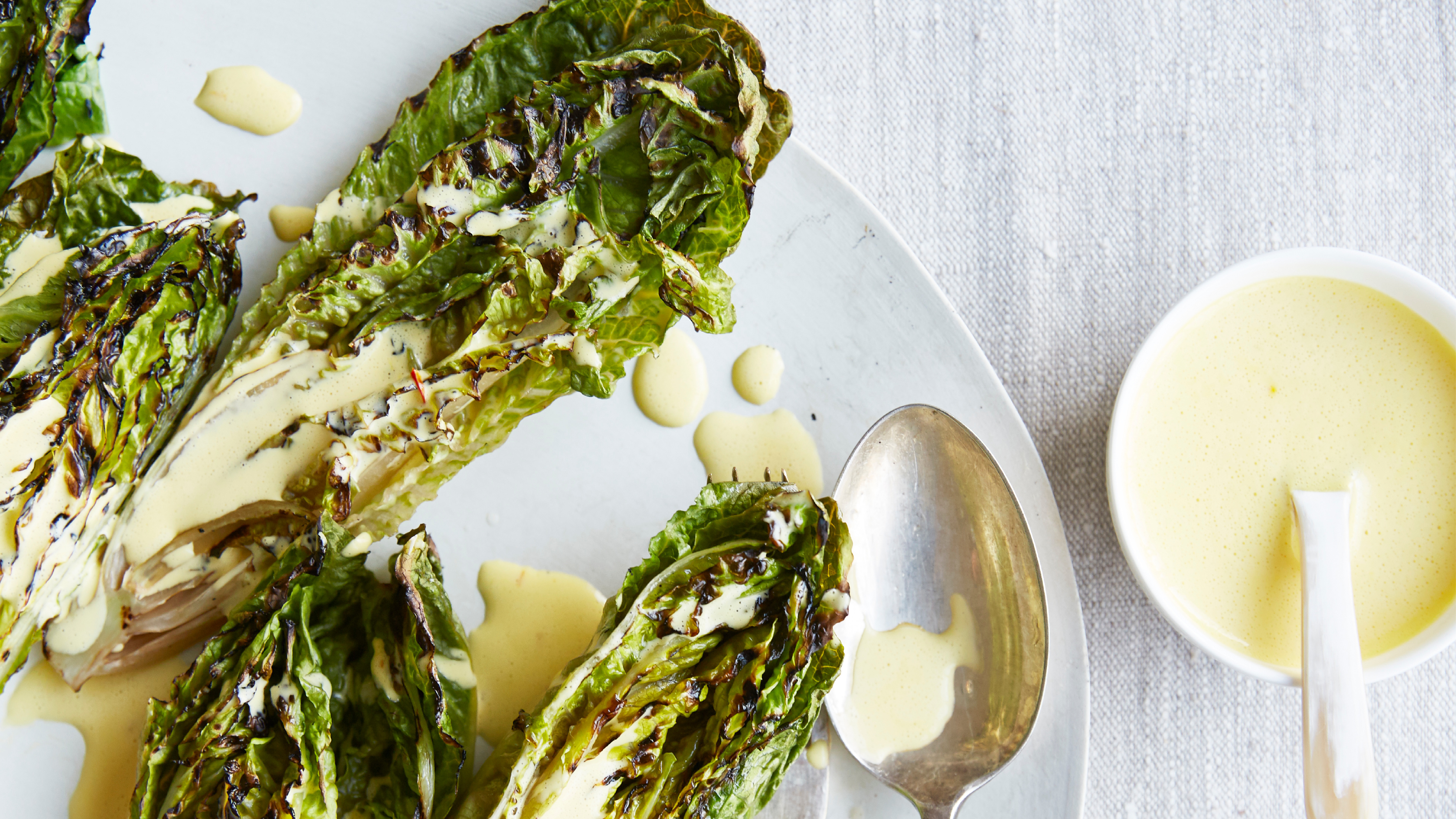 Charred little gem with saffron dressing
Charred little gem with saffron dressingThis recipe with charred little gem is both easy to make and sure to impress guests. It's the perfect side for fresh spring menus
By Alice Hart
-
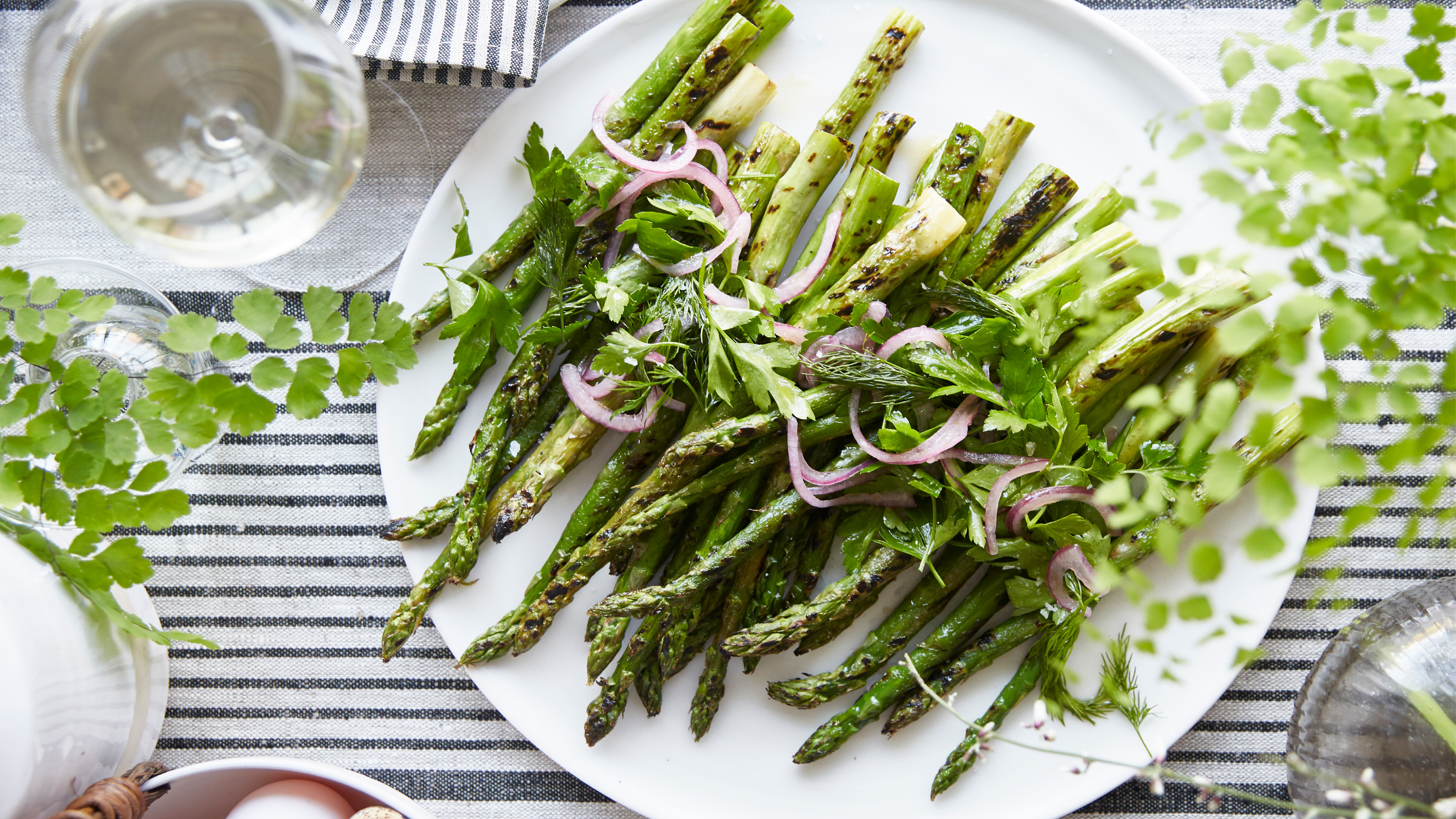 Grilled asparagus with herb and pickled red onion
Grilled asparagus with herb and pickled red onionThis grilled asparagus couldn't be easier, and it's a wonderful way to get the best flavor from our favorite spring veg. It's perfect alongside fish or lamb
By Alice Hart
